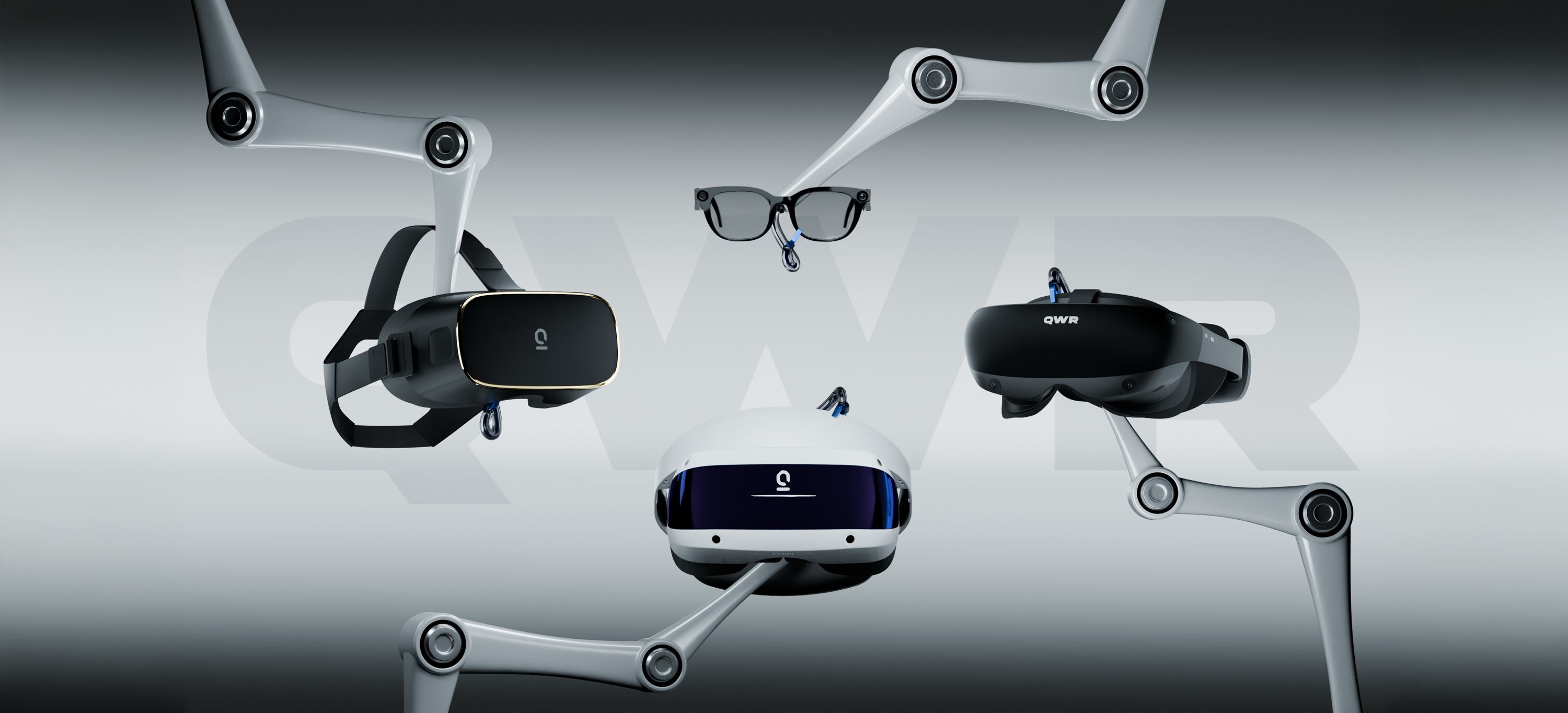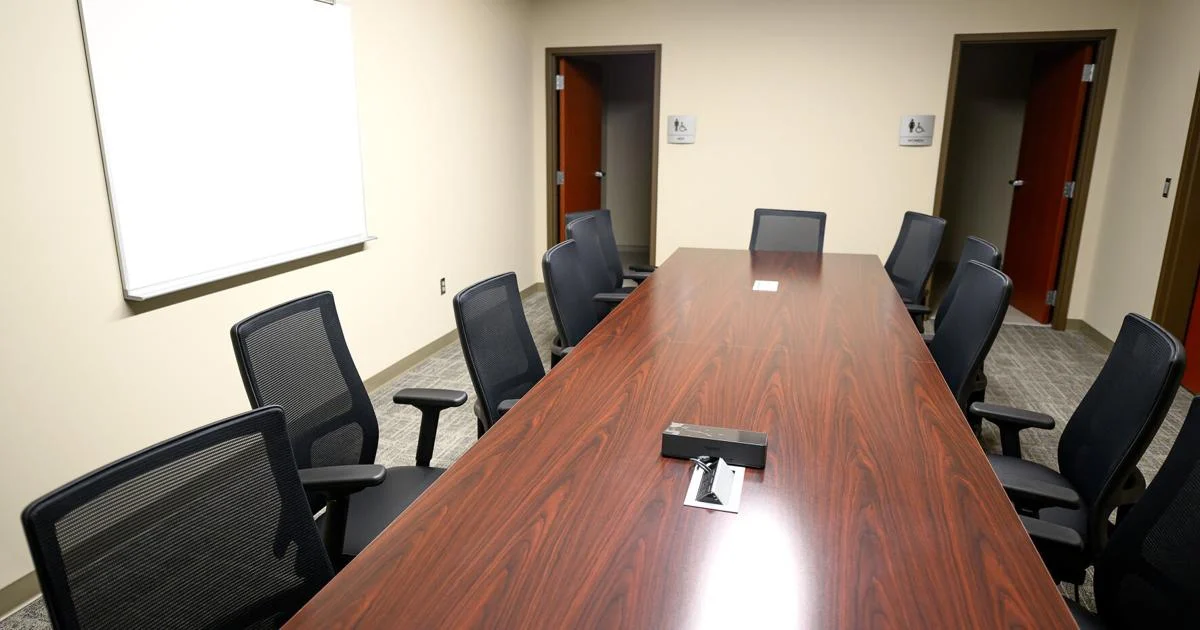Copyright yourstory

Over the past few years, India’s Extended Reality (XR) sector has drawn plenty of buzz — and $180 million in funding across more than 300 startups. Yet, beyond the headlines lies a sobering reality: few have found real market traction. Most remain stuck in loops of unfinished hardware, grant-dependent R&D, or fragmented software chasing one-off pilots. The promise of an Indian XR breakthrough still feels just out of reach. Even well-funded players struggle. AjnaLens reportedly raised $12.6 million but faced significant losses, and AutoVRse burned through nearly as much as it raised. Globally, Meta’s Reality Labs recorded $13.7 billion in losses in 2022, meaning India’s entire XR investment equals roughly one hour of Meta’s daily XR spend. The pattern is familiar. India is still treated largely as a service economy, even in deeptech. Venture capital continues to chase quick SaaS exits instead of patient capital that nurtures hardware and intellectual property. The result: XR investments are scattered across disconnected experiments, with no standout leaders or scalable platforms. A different path for XR in India Amid this fragmented landscape, one Indian startup is taking a contrarian route: QWR (Question What’s Real). Unlike many peers chasing consumer hype or mimicking Western hardware, QWR is developing purpose-built XR solutions for education, training, defence and enterprise use cases, where adoption potential already exists. A fabless OEM, QWR emphasizes affordable hardware, software upgradability, and context-sensitive design. Its devices are designed for India’s reality, be it offline classrooms, multilingual support, device-agnostic content layers, and teacher-friendly interfaces. With domestic-first manufacturing and a lean IP model, QWR is positioned to scale sustainably—not just in India, but across emerging markets. To strengthen this capability, QWR has entered a strategic partnership with Kaynes Technology to co-develop and manufacture next-generation XR headsets and smart glasses in India. The collaboration localizes critical technologies such as waveguide optics and AI-integrated XR devices, and aims to create more than 1,000 skilled jobs by 2027. By combining QWR’s design and IP expertise with Kaynes’ manufacturing capabilities, the partnership establishes a full-stack XR production ecosystem in India, reducing import dependence and positioning the company to serve both domestic and international markets. “XR’s potential goes far beyond a gadget story; it’s an infrastructure story. It’s about building everything from the ground up — the optics, the systems, the interfaces,” said Suraj Aiar, Founder and CEO of QWR. “Our approach is to make this technology practical, affordable, and adaptable, so it can scale where it matters most.” QWR is embedding XR in rural classrooms, vocational training centers, and enterprise safety programs, pioneering a model built on practicality, accessibility, and measurable outcomes. Why the world is betting on XR (and India can’t ignore it) Globally, XR is evolving from futuristic demos to tangible productivity tools. The market is projected to grow from $7.5 billion in 2025 to $44 billion by 2030 (42% CAGR), with 60% of that growth driven by enterprise applications (schools, factories, hospitals, and logistics hubs). Hardware remains the foundation: in 2023, 65% of XR revenue came from devices alone. Without reliable, affordable headsets, software cannot scale. This is why ecosystems in North America, Asia-Pacific, and China are consolidating hardware and platforms to set adoption benchmarks. Consumer adoption is also accelerating. Apple Vision Pro sets the premium standard, while Meta Ray-Ban, Samsung's Galaxy XR and HTC smartglasses are educating users and establishing the base for spatial computing as the next computing shift. XR is already delivering measurable results worldwide: Walmart has trained over a million employees with VR; Japan uses XR for elderly care training; Germany applies it in advanced automotive assembly. Yet India lags in large-scale deployments. “Patient, outcome-focused startups are the real bet in India’s deeptech space. There’s a gap between hype and usable tech, and the winners will be those who focus on solving tangible problems,” says Noi Cecilia Oldne, Investor and Founding Partner of Visceral Capital The real drivers: Where demand thrives in India India’s XR story is not driven by entertainment or gaming it is utility-led. Education & Training: XR enhances classroom and vocational training efficiency, especially in Tier II and Tier III cities, enabling practical skill development virtually without expensive infrastructure. Healthcare: Simulation-based medical training and diagnostics. Logistics & Factories: Immersive modules reduce downtime, improve safety, and accelerate skill acquisition. Adoption is solution-led and iterative, with feedback loops from institutions refining products rapidly. Multiple state governments have launched XR pilots in schools, while Skill India integrates VR modules into vocational centers. The challenge is not awareness; it’s accessibility, affordability, and adaptability. Startups delivering devices and content designed for India’s diverse infrastructure, languages, and connectivity conditions are best positioned for real adoption. A blueprint for emerging markets What India learns today can serve as a model for other emerging markets. The key takeaways: Enterprise & education ROI: XR in schools, factories, and hospitals drives measurable outcomes—safer workers, faster training, and better learning. Iterative development: Rapid prototyping, user feedback, and adaptation ensure solutions meet context-specific needs. Accessibility > aesthetics: A $500 functional device outperforms a $3,500 premium gadget in practical adoption. Local context matters: XR solutions designed for vocational training, safety protocols, and offline classrooms maximize relevance and impact. This is not just about building devices; it is about creating tools that empower the next billion users. The path forward: XR’s inclusive future India has invested $180 million in XR, but much of it remains fragmented. The future requires focused execution. Companies like QWR demonstrate that practical, scalable XR is achievable when built for real-world needs. By 2030, immersive technology could transform global learning and training landscapes, providing adaptable, affordable XR solutions across sectors and markets. The next generation of XR leaders will be defined not by hype, but by their ability to deliver scalable, resilient, and context-aware solutions, shaping the way people interact with the digital and physical world.



